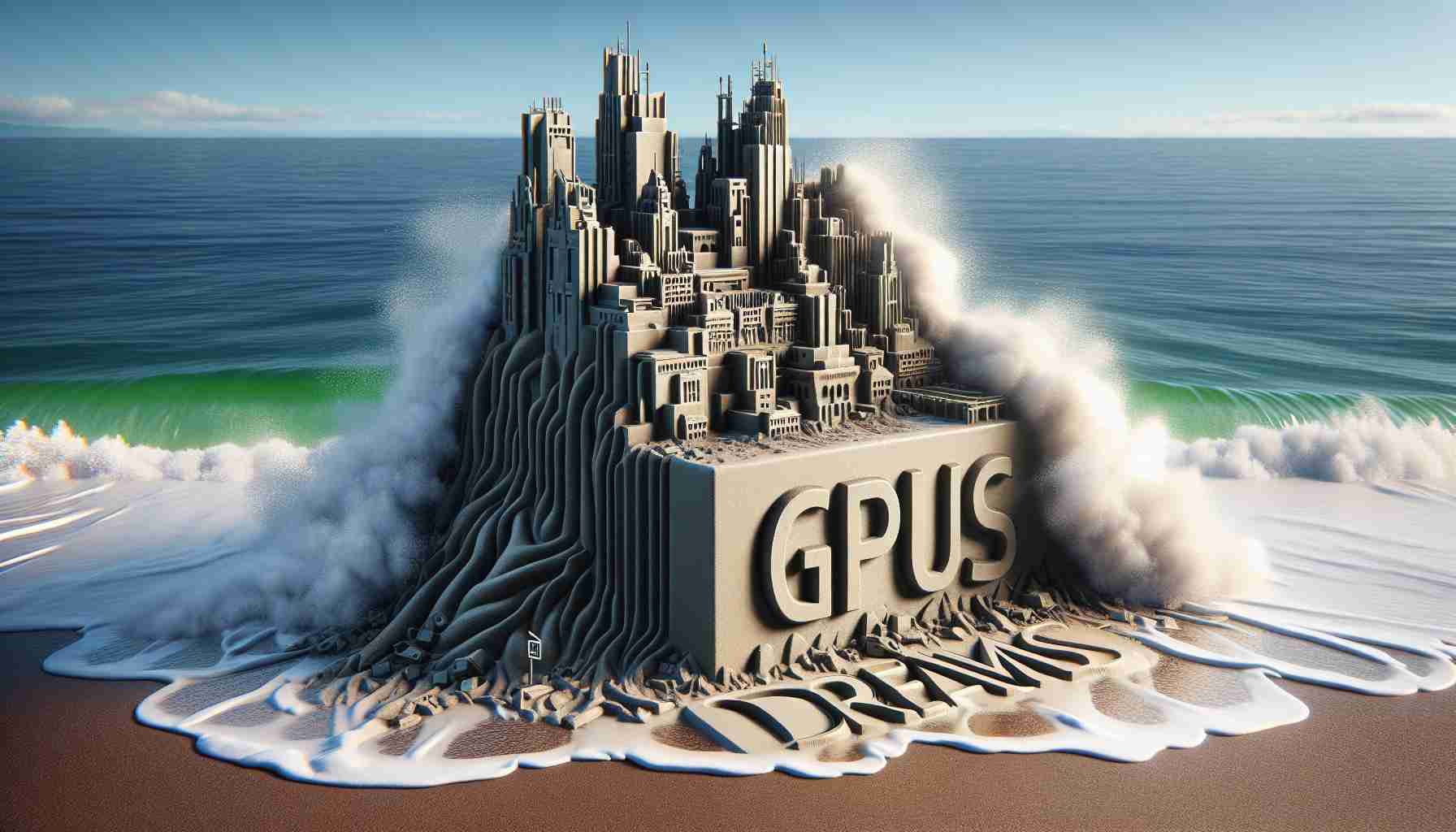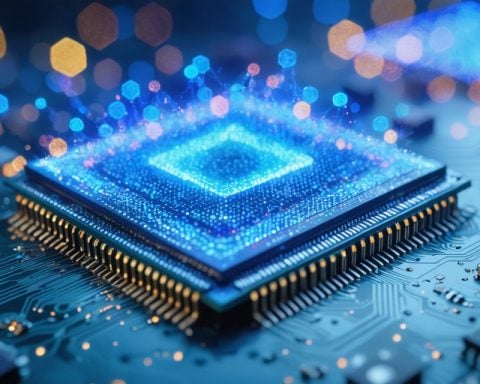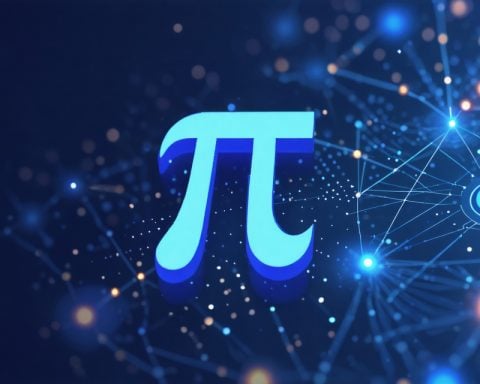- Intel’s Falcon Shores project has been abandoned, transitioning to an internal test chip.
- This marks another high-profile setback for Intel, following the cancellation of other GPU projects.
- The company had high hopes for Falcon Shores, targeting a 2024 release that will no longer materialize.
- Intel’s Gaudi3 accelerators, despite strong specs, face delays and increased competition from Nvidia and AMD.
- The AI accelerator market is becoming increasingly competitive, with Intel’s position weakening.
- Hope for Intel now shifts to the Jaguar Shores architecture, expected to be a long-term prospect.
In an unexpected twist, Intel’s ambition to be a contender in the AI accelerator battle has taken a major hit. The Falcon Shores project, anticipated to merge cutting-edge Xe Graphics with robust AI capabilities, has been scrapped, leaving Intel with dwindling prospects in the graphics market. This revelation came during the recent Q4 earnings call, where interim co-CEO Michelle Johnston Holthaus revealed that Falcon Shores would now serve solely as an internal test chip, never to reach consumers.
This isn’t a first for Intel. The company has previously abandoned other high-profile GPU endeavors like Rialto Bridge and Ponte Vecchio, contributing to a concerning pattern. Many had hoped Falcon Shores would provide a breakthrough, especially given its promising timeline for 2024. However, as the project faded, expectations faded too, shifting to a distant hope for the Jaguar Shores architecture—a prospect likely at least a year or two away.
Intel still has its Gaudi3 accelerators, boasting impressive specs on paper. With performance metrics that could rival competitors like Nvidia, it seemed like a viable contender. But delays have pushed Gaudi3 further down the pecking order, as buyers now look at Nvidia’s Blackwell and AMD’s MI325X, both of which promise superior performance and efficiency.
The takeaway? Despite having some potential in AI-driven servers with their Granite Rapids Xeons, Intel’s grip on the AI accelerator market is slipping fast. As competitors refine their offerings and gain market share, Intel’s future in the AI landscape looks increasingly uncertain. The race is on—who will seize the opportunity while Intel grapples with its GPU woes?
Intel’s AI Aspirations Crumble: What’s Next for the Chip Giant?
Intel’s Struggle in the AI Accelerator Market
Intel’s recent decisions have drastically altered the landscape of the AI accelerator market, particularly with the cancellation of its Falcon Shores project. This project, intended to combine advanced Xe Graphics with AI functionalities, is now relegated to merely functioning as an internal test chip, much to the dismay of tech enthusiasts and industry analysts alike. The decision underscores a broader trend within Intel, as the company has embarked on a series of ambitious yet ultimately abandoned GPU projects, including Rialto Bridge and Ponte Vecchio.
Key Insights
1. Market Trends: As Intel retracts from eye-catching ventures, competitors like Nvidia and AMD are rising. Nvidia’s Blackwell and AMD’s MI325X are gaining traction with their high-performance metrics and efficiency, which puts pressure on Intel’s offerings.
2. Performance Metrics: Despite promising specs with its Gaudi3 accelerators, delays have hindered their market entry, contributing to a loss of competitive edge. As organizations seeking AI capabilities favor competitors over Intel’s dated offerings, the latter risks becoming an afterthought in the tech industry.
3. Future Predictions: The anticipated Jaguar Shores architecture offers a faint glimmer of hope, but analysts suggest it may be at least one to two years before this becomes a viable player in the market; this delay could prove detrimental to Intel’s potential resurgence in the AI field.
FAQs about Intel’s Current Position
1. Why was the Falcon Shores project scrapped?
The Falcon Shores project was scrapped as part of a strategic shift within Intel, focusing resources on more promising technologies. Interim co-CEO Michelle Johnston Holthaus articulated a need to reassess priorities and streamline development processes, hence the pivot away from Falcon Shores as a consumer product.
2. How do Intel’s current products compare to its competitors?
Intel’s existing Gaudi3 accelerators have competitive specifications on paper, but actual performance has yet to meet expectations due to delays. Concurrently, Nvidia and AMD are rapidly advancing their technologies, suggesting that Intel’s products may not hold up against newer offerings in practical applications.
3. What could the Jaguar Shores architecture potentially bring to the table?
The Jaguar Shores architecture is projected to represent a significant improvement in performance over current estimates, positioning Intel to potentially reclaim a share of the AI market. However, its realization remains uncertain, leaving industry watchers cautious about pinning hopes on Intel’s future success.
Conclusion
Intel’s ability to navigate the evolving AI landscape is under significant scrutiny as the company faces challenges from aggressive competitors. With projects like Falcon Shores on the cutting room floor and performance delays impacting market confidence, the pressure is mounting for Intel to innovate swiftly amidst a rapidly shifting tech horizon.
For more information about Intel and similar topics, visit Intel.



















